How to Deal with Restrictive Photo Policies
Have you ever visited a historic landmark or any other beautiful space only to be told that photography is not allowed? It seems that most, if not all, photographers have encountered this situation. In this brief article I will talk about various types of photography policies that you may encounter and how to deal with them. This article will provide practical advise, not a definition of your rights as a photographer. Please understand that my experiences are not a replacement for a lawyer’s, and that my knowledge mostly pertains to locations in the United States.
First, it is important to understand that, in the United States, intellectual property is protected by an inherent copyright given to the author of a creative work. Copyright applies to just about everything you watch on TV, see on the internet, listen to on the radio, see in a gallery, or read in a book. Copyright law entitles the owner of a creative work to decide who can reproduce such work and under what circumstances.
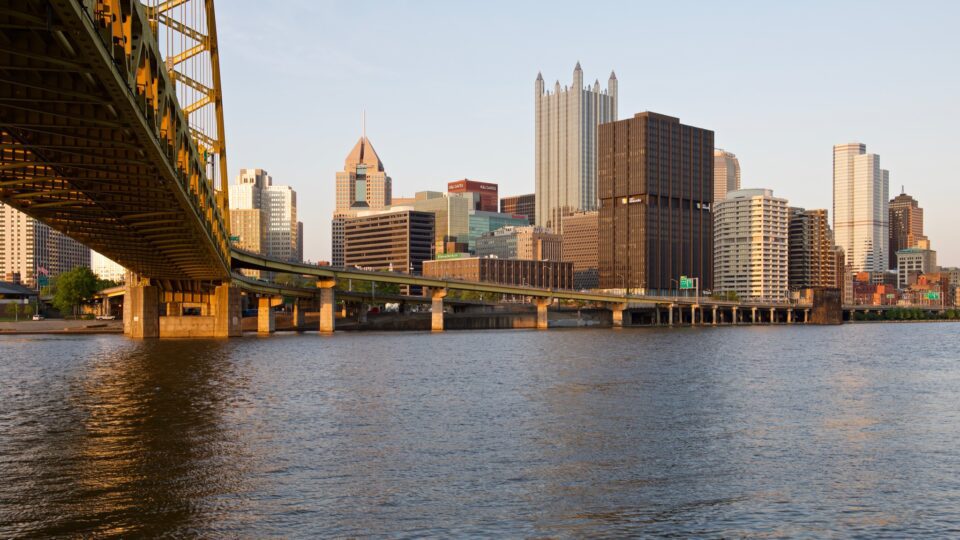 NIKON D810 @ 35mm, ISO 64, 1/13, f/8.0
NIKON D810 @ 35mm, ISO 64, 1/13, f/8.0
كيفية التعامل مع سياسات الصور المقيدة
هل سبق لك أن زرت معلمًا تاريخيًا أو أي مكان جميل آخر ليتم إخبارك أن التصوير الفوتوغرافي غير مسموح به؟ ويبدو أن معظم المصورين، إن لم يكن جميعهم، واجهوا هذا الموقف. سأتحدث في هذا المقال الموجز عن مختلف أنواع سياسات التصوير الفوتوغرافي التي قد تواجهك وكيفية التعامل معها. ستقدم هذه المقالة نصيحة عملية، وليس تعريفًا لحقوقك كمصور. يرجى أن تفهم أن خبراتي ليست بديلاً عن خبرة المحامي، وأن معرفتي تتعلق في الغالب بمواقع في الولايات المتحدة.
أولاً، من المهم أن نفهم أن الملكية الفكرية في الولايات المتحدة محمية بموجب حقوق الطبع والنشر الأصيلة الممنوحة لمؤلف العمل الإبداعي. تنطبق حقوق الطبع والنشر على كل ما تشاهده على التلفزيون، أو تشاهده على الإنترنت، أو تستمع إليه على الراديو، أو تشاهده في معرض، أو تقرأه في كتاب. يمنح قانون حقوق الطبع والنشر مالك العمل الإبداعي الحق في تحديد من يمكنه إعادة إنتاج هذا العمل وتحت أي ظروف.
نيكون D810 عند 35 ملم، ISO 64، 1/13، f/8.0
Have you ever visited a historic landmark or any other beautiful space only to be told that photography is not allowed? It seems that most, if not all, photographers have encountered this situation. In this brief article I will talk about various types of photography policies that you may encounter and how to deal with them. This article will provide practical advise, not a definition of your rights as a photographer. Please understand that my experiences are not a replacement for a lawyer’s, and that my knowledge mostly pertains to locations in the United States.
First, it is important to understand that, in the United States, intellectual property is protected by an inherent copyright given to the author of a creative work. Copyright applies to just about everything you watch on TV, see on the internet, listen to on the radio, see in a gallery, or read in a book. Copyright law entitles the owner of a creative work to decide who can reproduce such work and under what circumstances.
 NIKON D810 @ 35mm, ISO 64, 1/13, f/8.0
NIKON D810 @ 35mm, ISO 64, 1/13, f/8.0كيفية التعامل مع سياسات الصور المقيدة
هل سبق لك أن زرت معلمًا تاريخيًا أو أي مكان جميل آخر ليتم إخبارك أن التصوير الفوتوغرافي غير مسموح به؟ ويبدو أن معظم المصورين، إن لم يكن جميعهم، واجهوا هذا الموقف. سأتحدث في هذا المقال الموجز عن مختلف أنواع سياسات التصوير الفوتوغرافي التي قد تواجهك وكيفية التعامل معها. ستقدم هذه المقالة نصيحة عملية، وليس تعريفًا لحقوقك كمصور. يرجى أن تفهم أن خبراتي ليست بديلاً عن خبرة المحامي، وأن معرفتي تتعلق في الغالب بمواقع في الولايات المتحدة.
أولاً، من المهم أن نفهم أن الملكية الفكرية في الولايات المتحدة محمية بموجب حقوق الطبع والنشر الأصيلة الممنوحة لمؤلف العمل الإبداعي. تنطبق حقوق الطبع والنشر على كل ما تشاهده على التلفزيون، أو تشاهده على الإنترنت، أو تستمع إليه على الراديو، أو تشاهده في معرض، أو تقرأه في كتاب. يمنح قانون حقوق الطبع والنشر مالك العمل الإبداعي الحق في تحديد من يمكنه إعادة إنتاج هذا العمل وتحت أي ظروف.
نيكون D810 عند 35 ملم، ISO 64، 1/13، f/8.0

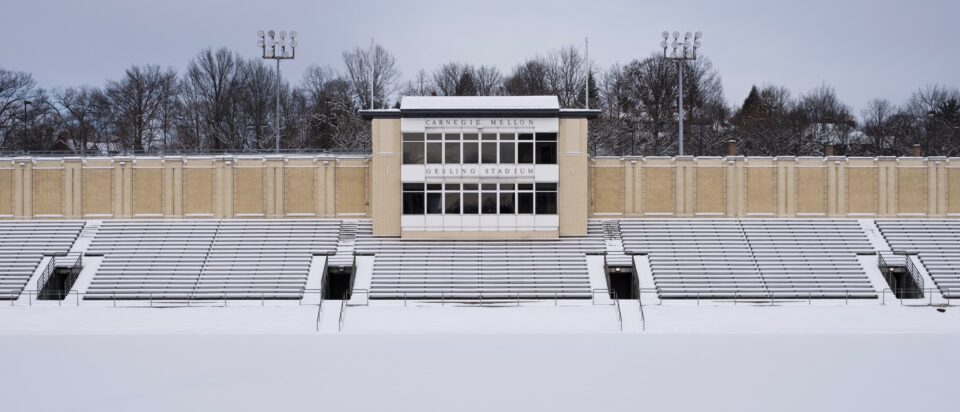

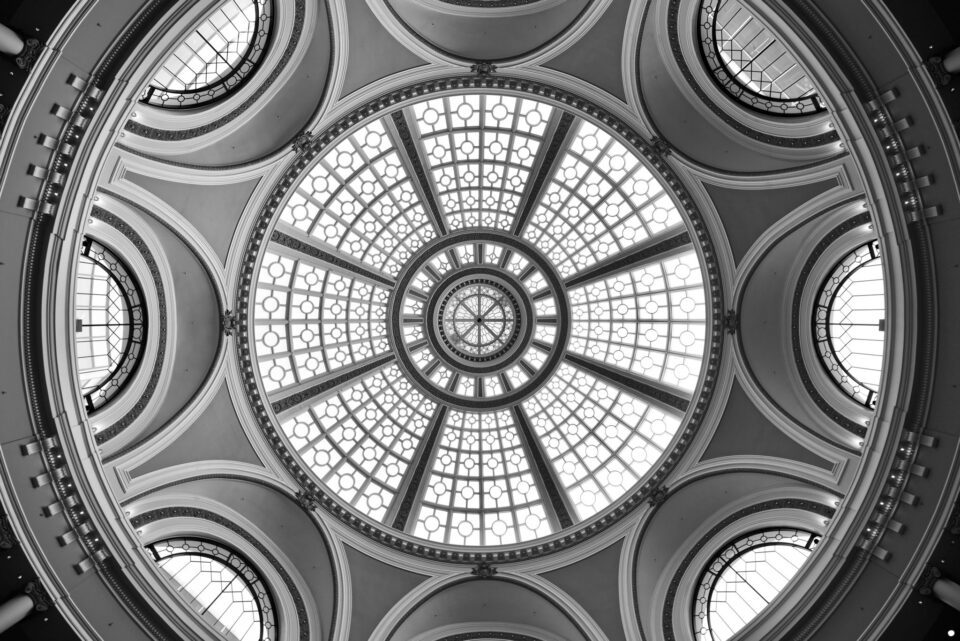
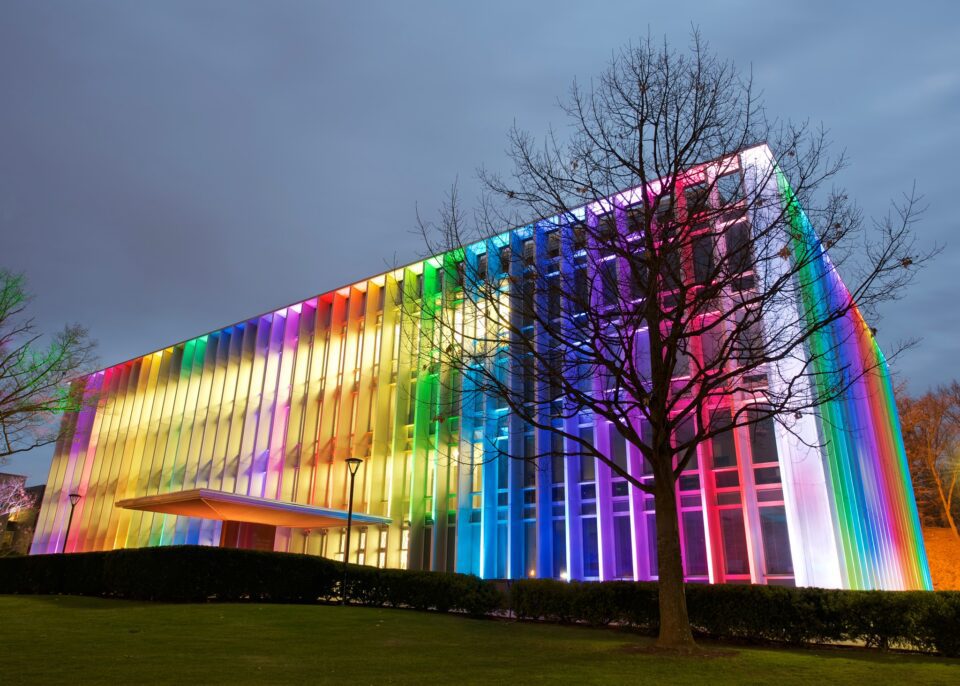
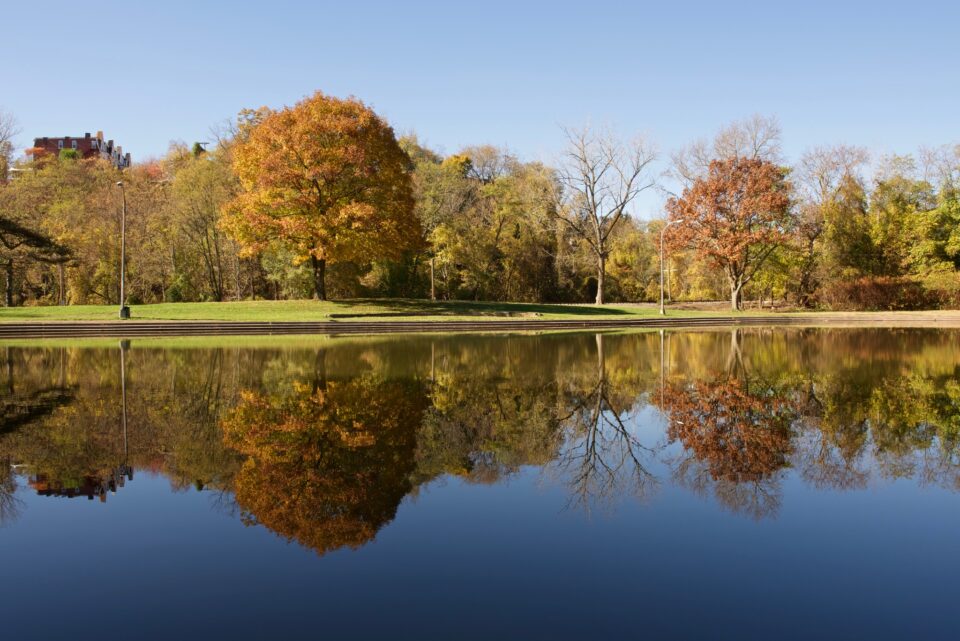
تعليق